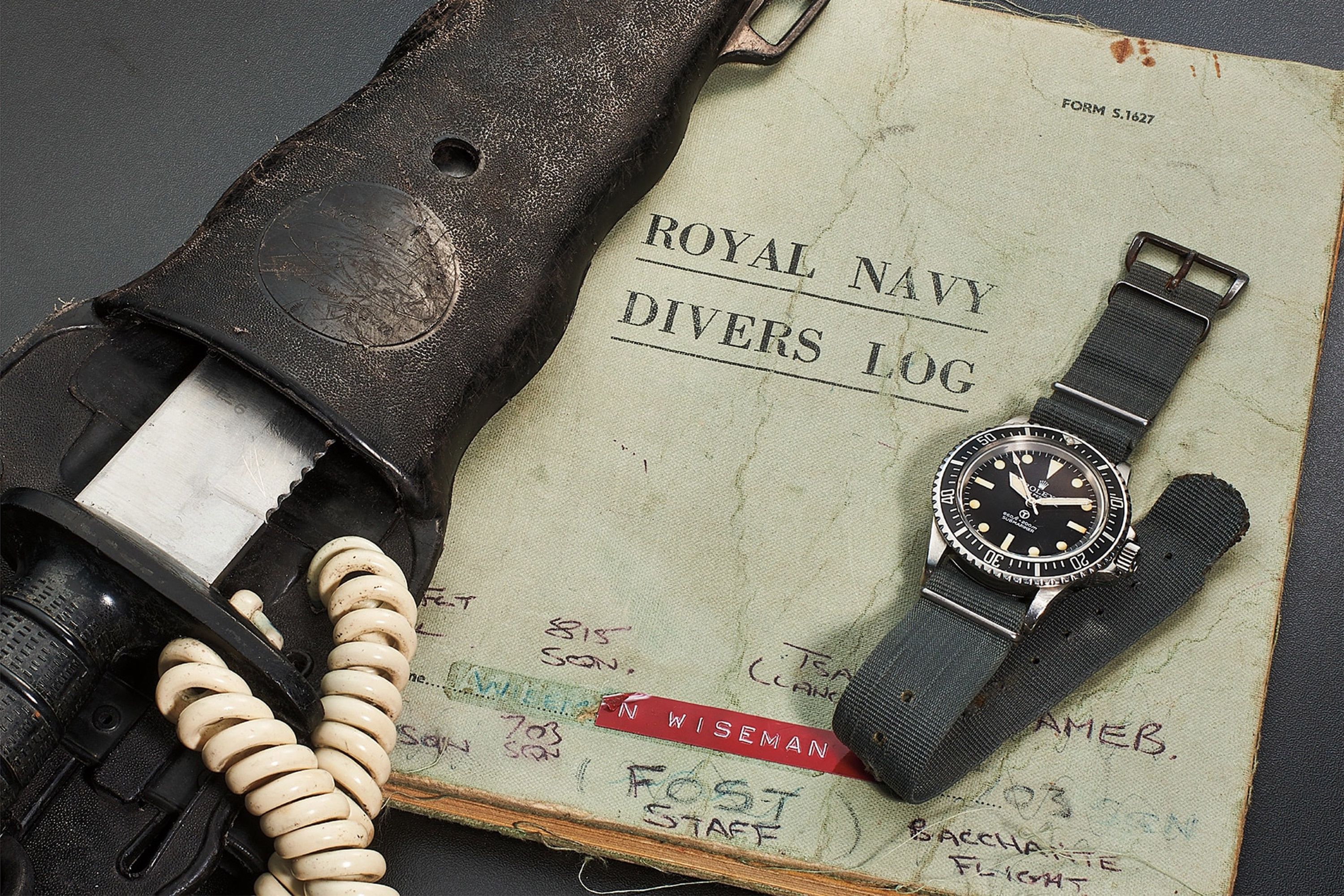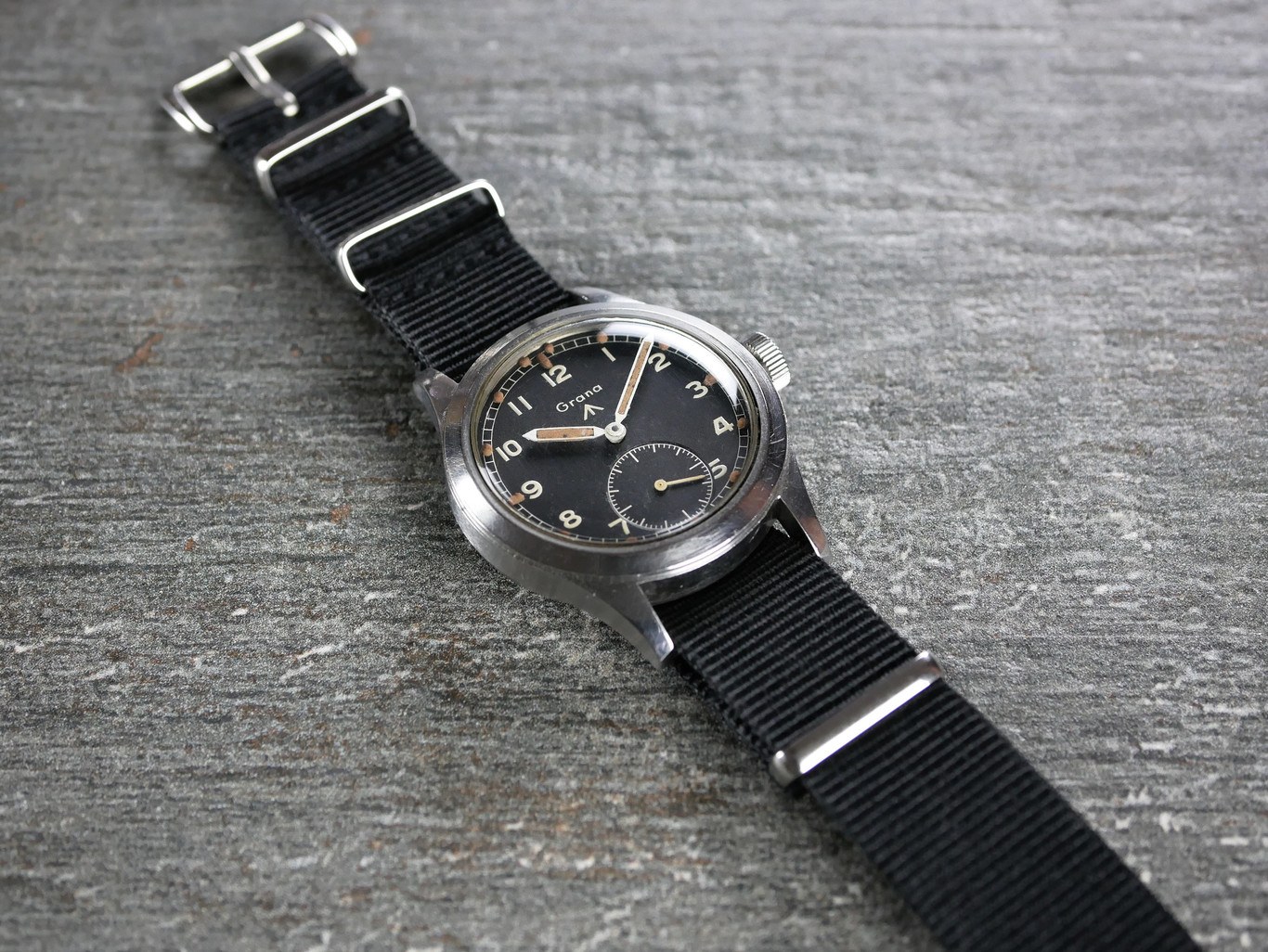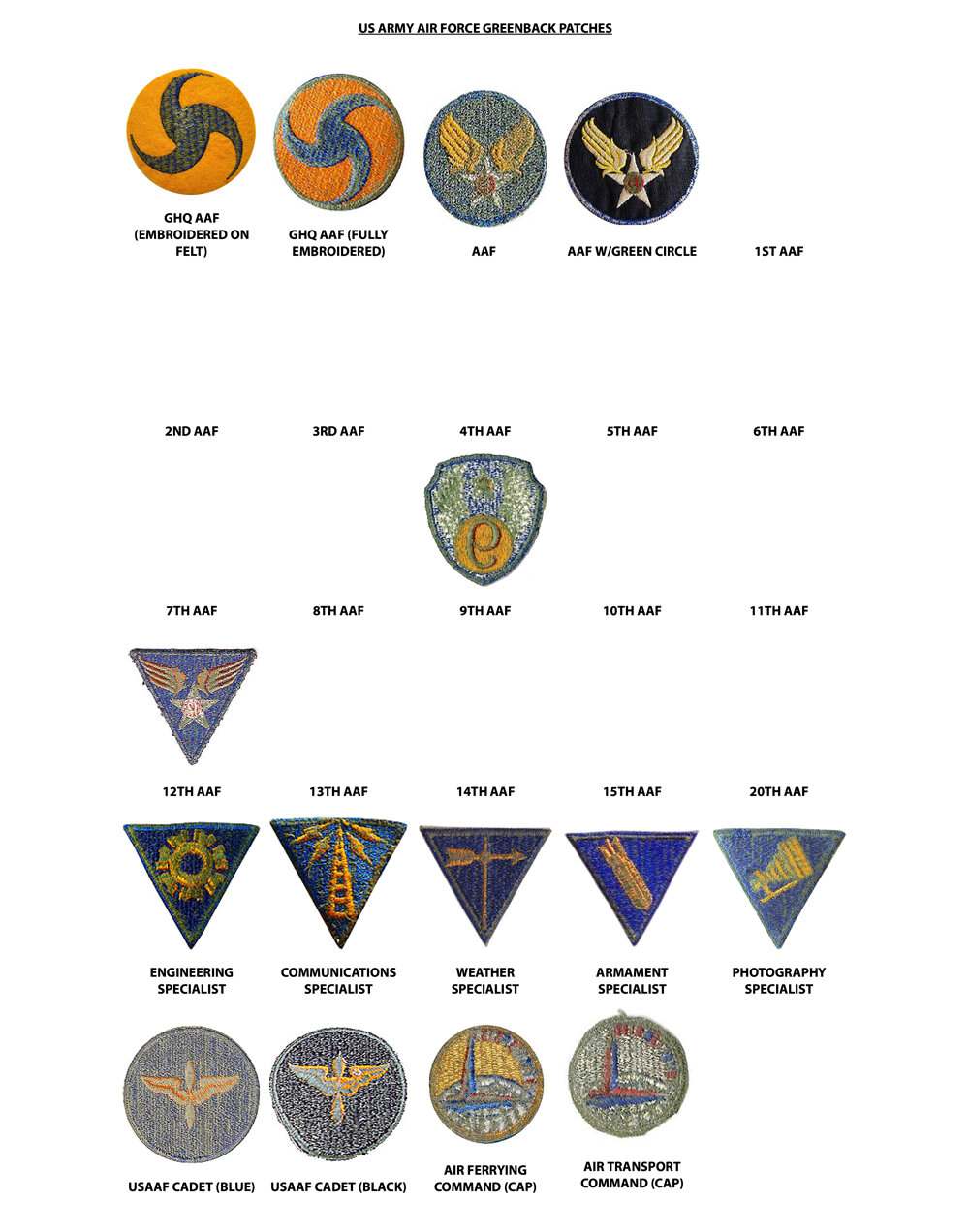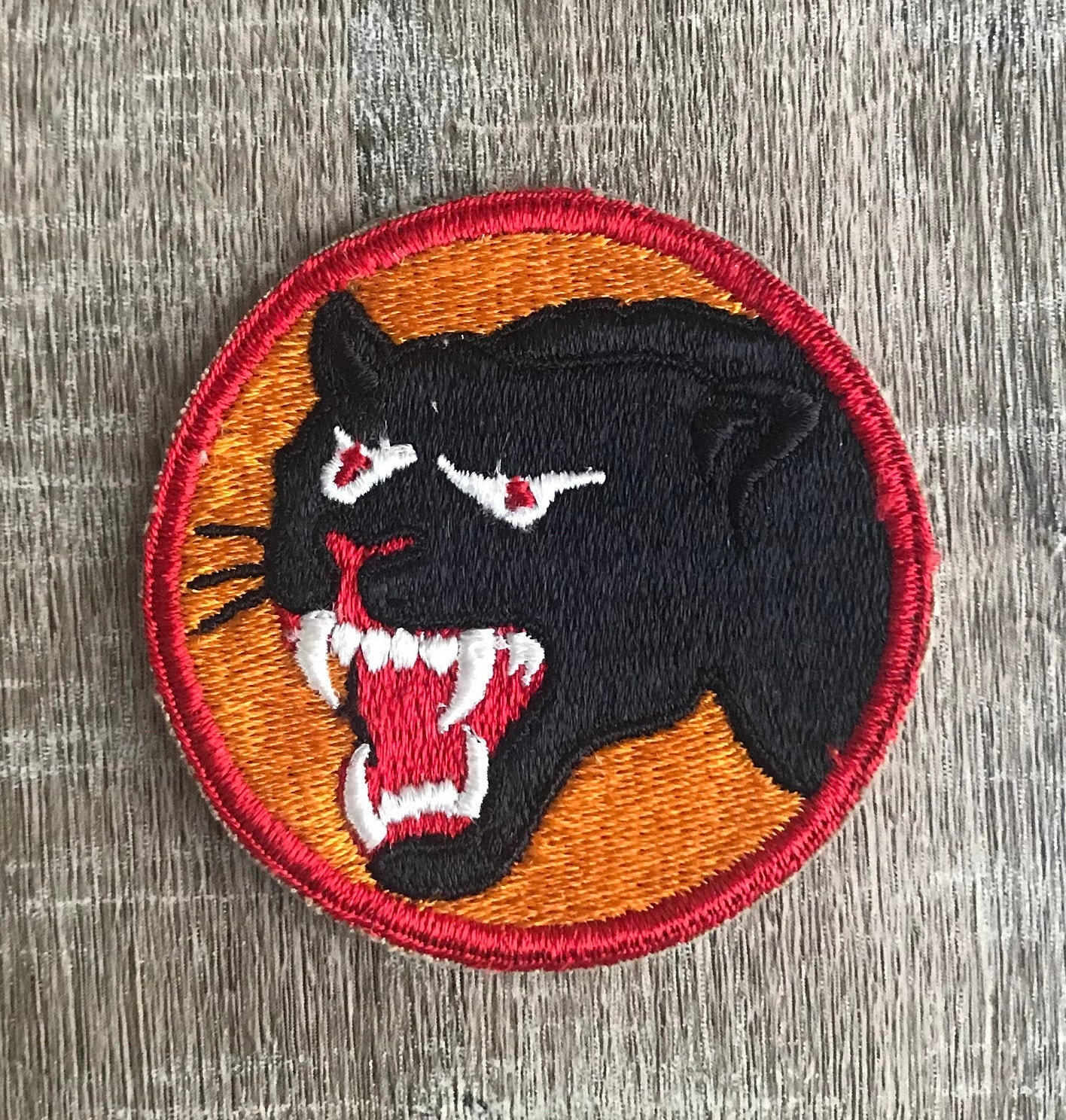Ww2 Military Radios - Wireless Set No. 19 - A mobile radio transmitter for use by the British Army's armored forces during World War II. First introduced in 1940, the No. 19 replaced the pre-war No. 11 wireless set. Two modified versions, the Mk. II and Mk in 1941. III in 1942. An improved Canadian version was introduced in 1942, mainly for use by other forces. In British service, No. 19 was replaced by the Larkspur radio system in the post-war era. The Canadian-made #19 continued its service for several years with various users.
A tank at Group A's headquarters is connected to the wider network and sends appropriate messages to the Group B commander. It extends a squadron tour to a regiment or a regimental network to a wider brigade/division.
Ww2 Military Radios

They provided a set of in-car control boxes and distribution boxes. Carrier and wireless carrier can choose different packages. The driver and bootloader were only on the IC.
Ww2 Army Military Radio Wireless Set 19 Ws19 Rf Amplifier
In typical use, three channels are mixed for IC control. The commander or operator can choose to remove sets A or B from the IC and enable push-totalk. If both are in set B, the warning light is on and set A is left unattended. Later control boxes allowed the commander or operator to relay from A to B or vice versa for message relay.
Other crew can only use IC. The driver's control box had an alarm activation button that would allow the commander to be called back to the IC in the event of a situation requiring attention.
A high-powered version of the Series 19 was also developed, allowing the Series A to be used over long distances and to communicate with the main command. The command and link/relay vehicles contemplated the use of two A-kits, one of which could be a high-powered version.
Later in the war, the importance of co-operation with the infantry led to the addition of the No. 38 Wireless Set, along with new control boxes to operate the two radios together. Initially, the standard infantry set 38 was used with its own battery and accessories, but later the WS 38 was specially developed to complement the set 19 AFV in a vehicle configuration.
A7b Military Radio
Wireless set No. 19 was developed in 1940 by the British War Office's Signals Experimental Establishment and Pye Radio. The Pye was replaced by the MK II in 1941 and the MK III in 1942. These collections were valuable for armored warfare in the Western Sahara.
In 1942, #19 Mk IIs were produced in Canada by Northern Electric, Canadian Marconi and RCA Victor. British design has been improved and parts such as valves are interchangeable.
Most of the Canadian kits used glossy/Cyrillic lettering on the front panel, a result of the Ld-Liz contract with the Soviet Red Army.
After the war, forward area battle group radio traffic via Wireless Set no. 19 was carried, later gradually moving to low-band VHF, using modern radios called New Band, later known as Larkspur. It used FM and replaced #19 in this role from 1954. As a result, the section "B" of the №19 AJZ was abandoned and the complex was put out of major repair. 19 Royal Armored Corps sets were largely replaced by a militarized version of the PYE PTC-202 known as the C12 as an interim measure in the mid-1950s, which was later replaced by the C13 from 1960.
Vintage Military Radio Equipment
An additional radio frequency amplifier #19 (amplifier, RF #2) extended the daylight operating range to approximately 45 miles (72 km). Wireless Test Set #19 TH (made for the Dutch Army) increased the frequency to 12 MHz.
After the war, Canadian No. 19 MK II and III were used in the Danish and Italian armies, and some Canadian No. 19 MK III kits were used in the British Army.
No. 19 Mk III in a simplified configuration was still in use as an operational training station for British cadet units in the mid-1970s. The first piece of radar equipment used in World War II. (Photo credit: CECOM Historian) Original view
2/5 Show Caption + Hide Caption - SCR-510, the first FM (frequency modulation) backpack radio. 1941. (Photo: CECOM Historian) Original view
Wireless Set No. 62
3 / 5 Show Caption + Hide Caption - US Signal Corps Photo Sgt. William E. Tears from Pasadena, California create a cinematic image of the devastation caused by the heavy bombing of Frankfurt, Germany. 166th Sig photo co. March 31, 1945. (Photo: CECOM Historian) Original view
4 / 5 Show Caption + Hide Caption - 5 Mark Weeks of the 279th Pigeon Unit whistles for carrier pigeons as they feed in a mobile shed. 1945. (Photo: CECOM Historian) Original view
5 / 5 Show caption + Hide caption - WAC Team, 15th Signal Training Regiment, Fort Monmouth, New Jersey. 1943. (Photo: CECOM Historian) Original view

June will mark the 160th anniversary of the formation of the Signal Corps, and 2020 will mark the 75th anniversary of the end of World War II. Accordingly, this article discusses the achievements and contributions of the Signal Corps during World War II.
Radio Prepares For War, Part 2
The scope of the Signal Corps' responsibilities during World War II greatly expanded from its World War I efforts. Success in battle depended more than ever on good relations. Commanders using field radios can stay in constant communication with their troops during rapid advance. At its peak in the fall of 1944, the Signal Corps numbered more than 350,000 officers and men, six times the number that had served in World War I.
The Signal Corps was responsible for radar, one of the most important systems used in World War II. Developed at the Signal Corps Laboratories at Fort Monmouth, the radar was first successfully demonstrated in 1937. In December 1941, radar installations were installed at Pearl Harbor and detected Japanese bombing, but unfortunately the warnings were ignored. Radar turned the tide of World War II and influenced the outcome of two major conflicts: the Battle of Britain and the Battle of the Atlantic. The Japanese were at a significant disadvantage in the Pacific theater because they had no radar, while Allied ships were equipped with early warning radars.
The Signal Corps Laboratories were responsible for the design and development of most of the communications equipment used by American forces in World War II. In the laboratories, SCR-510 was created in 1941. It was the first FM backpack radio. This early pioneer of frequency modulation schemes provided reliable, static-free communications for front-line troops. Multi-channel FM radio relay units (such as the AN/TRC-1) were deployed in the European theater of operations in early 1943. It changed in World War II.
Other specialized areas were also under the control of the Signal Corps. Photography had long been a part of the Signal Corps' mission, but its value and versatility reached new heights, especially in the second half of the war, with advances in training and organization. On June 17, 1942, the Photographic Section of the Office of the Director General of Signals was transferred to the Photo Service. Photographic training was originally conducted at Fort Monmouth, but was moved to the former Paramount Studios in Astoria, Long Island, in the new Signal Corps Photographic Center. Center. The Signal Corps directed films and construction exercises using the talents of such notables as Frank Capra, who was commissioned as a Signal Corps major in 1942, and Theodor Seuss Geisel, who was a member of Capra's documentary film crew. The Signal Corps also created an unprecedented visual record of World War II.
File:wwii Soviet Russian Red Army Rkka Uniforms Etc Summer Field Dress Gymnastyorka Ssh 40 Helmet
Other World War II signaling missions included a program of calling pigeons—pigeons were especially useful in places where wiring was difficult, such as the jungles of the Pacific. Many heroic pigeons served valiantly in battles, were often injured, but still delivered their messages. In addition to sending messages, the Signal Corps was also responsible for signal security and intelligence. A second signal service company performed information gathering tasks. Activated at Fort Monmouth in 1939, the unit was expanded to battalion size in April 1942. In the field, staff operated monitoring stations throughout the United States and around the world. During the war, this battalion grew to a maximum of 5,000 men, including women corps members. In fact, the Signal Corps was the first Service Force agency to request female corpsmen and has enjoyed one of the highest replacement percentages of women in the technical services.
During the war, the Signal Corps performed a variety of missions in support of the mission, and many critical missions were eliminated.















